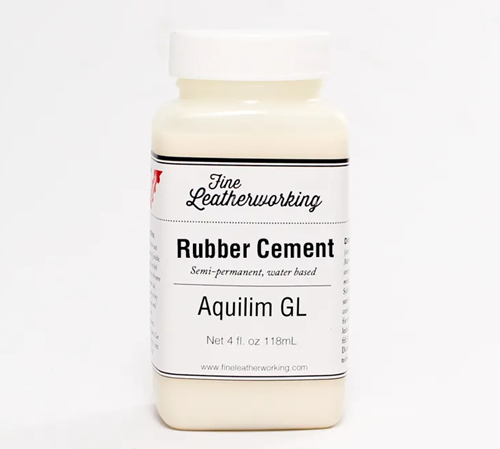Composition and Drying Time of Rubber Cement
Natural adhesives have a rich history spanning several millennia. Evidence from Egyptian carvings illustrates the use of thin veneer pieces adhered to wooden planks. In ancient times, fibers in textiles were bound together using flour paste, while gold leaf found its place on paper through the bonding power of egg white. Throughout the eighteenth century, animal glues saw advancements, paving the way for the introduction of rubber- and nitrocellulose-based cements a century later. The twentieth century witnessed significant leaps in adhesive technology, resulting in the emergence of numerous synthetic adhesives that gradually supplanted their natural counterparts. These modern adhesives demanded enhanced strength and corrosion resistance.
Rubber cement, a solution comprising unvulcanized (gum) rubber dissolved in a solvent, serves as a versatile adhesive. Primarily designed for rubber-to-rubber bonding, it initiates a chemical cohesion process upon application. When adhering rubber surfaces, only one side requires coating, given their identical composition. However, when affixing paper, both surfaces necessitate rubber cement application. Upon drying, rubber cement retains solely at the paper interface, securely fastening the two pieces together. Despite its limitations, household-grade rubber cement enjoys widespread use, particularly in mounting photographs. Unlike traditional white glue, paper bonded with rubber cement can be separated without causing damage to either piece.

Composition of Rubber Cement
Rubber cement presents as an opaque liquid, comprising pulverized natural or synthetic rubber and a solvent typically based on hexane or heptane. Different grades of rubber cement may contain varying proportions, with 70-90% heptane or hexane and 1-15% isopropyl alcohol (isopropanol) or ethyl alcohol (ethanol). Natural rubber, sourced from the Hevea brasiliensis tree native to Brazil, serves as the foundation for this adhesive. Upon tapping the tree, latex is collected in small cups, where it coagulates into lumps. These lumps, along with residual flow and other remnants, undergo processing at high temperatures, leading to the formation of solid rubber while denaturing most proteins.
Synthetic rubbers, such as neoprene and latex, are also utilized in rubber cement production. Their manufacture involves diverse chemical processes tailored to specific applications, which dictate the choice of rubber and solvent combinations. Thousands of gallons (or liters) of liquid solvents are typically transported via tank trucks to manufacturers, where they are blended with rubber components to produce the final product.
Drying Time of Rubber Cement
Rubber cement utilized for adhering patches to tires or inner tubes typically contains a highly volatile solvent, facilitating rapid drying, especially in hot, arid climates where it can set within a minute or so. Despite this quick initial drying time, a curing period of around 15 minutes is advisable before reinflating the tire or tube to ensure an airtight seal.
Various factors come into play when working with rubber cement. While formulations for tire patches are standard, there exist alternatives such as non-flammable, solvent-free cements that air dry but require more time for both drying and curing. Additionally, rubber cements designed for rubber roofing applications feature extended drying times, allowing for joint alignment and smoother finishes before the adhesive fully sets.
It's important to note that wet or cold weather conditions can significantly prolong the setting time of any type of rubber cement. Therefore, it's essential to consider these environmental variables when determining if the glued joint is sufficiently cured and ready for testing.


